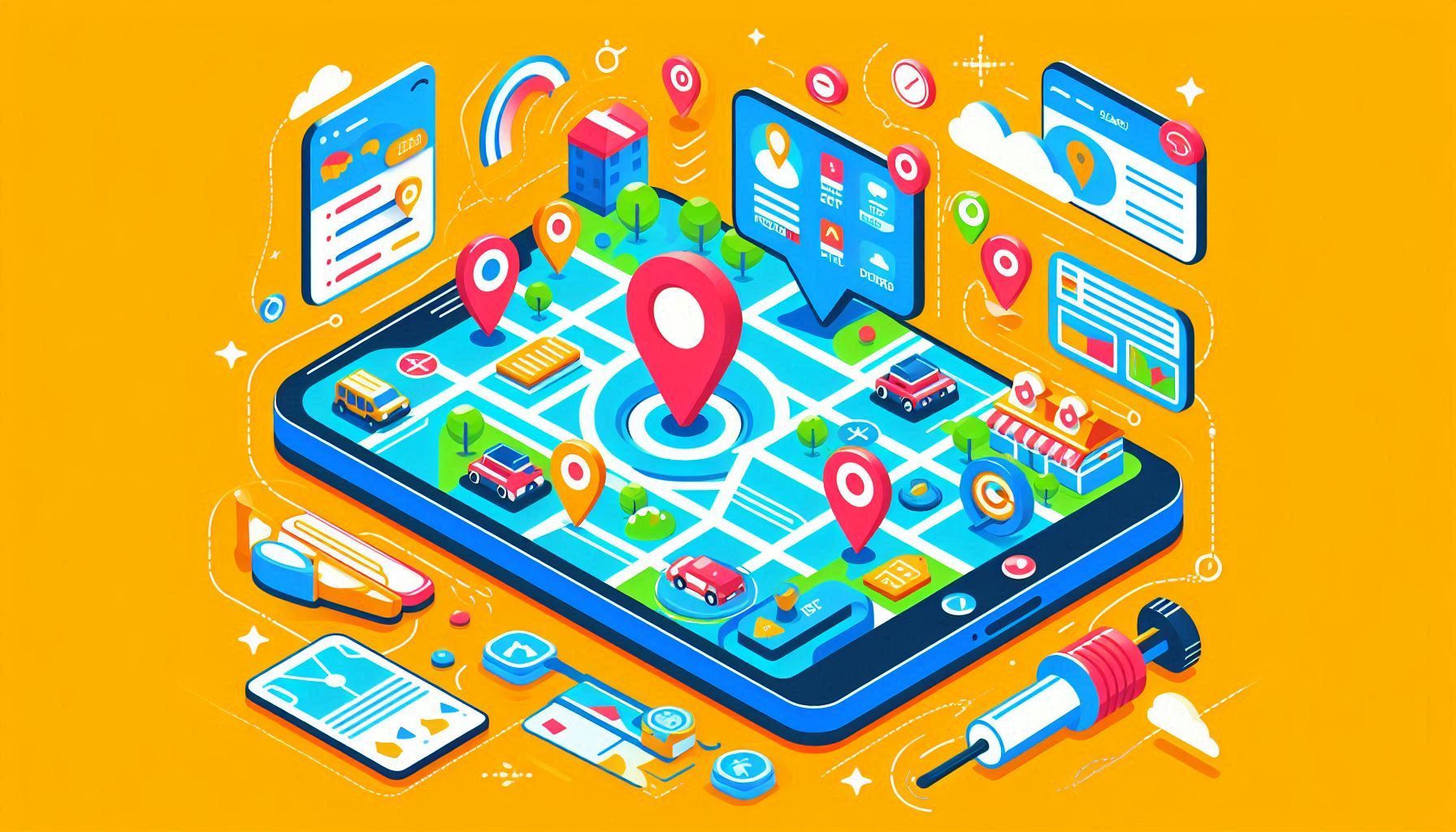
Creating interactive, location-based apps is one of the most exciting aspects of mobile and web development today. With tools like the Google Maps API, developers can integrate geolocation features into their apps, offering users a rich and engaging experience. From providing directions to showcasing nearby businesses, the possibilities are endless. In this blog, we’ll explore how to use the Google Maps API to build location-based apps, providing step-by-step guidance, essential features, and best practices. Whether you're building a travel guide, a delivery service, or a social platform, these insights will help you harness the power of Google Maps API for your app.
The Google Maps API is a set of web services that allow developers to embed Google Maps in their websites and apps. It provides access to a wealth of geolocation data, from basic maps to advanced features like geocoding, distance calculation, and place search.
With this API, developers can:
By integrating these functionalities, you can create a truly interactive and user-friendly app that makes the most of location-based data.
The primary feature of the Google Maps API is its ability to embed interactive maps. These maps allow users to zoom in, zoom out, and explore different locations. You can also add custom markers to indicate important spots or places of interest, like stores, landmarks, or delivery points.
function initMap() {
const map = new google.maps.Map(document.getElementById("map"), {
center: { lat: -34.397, lng: 150.644 },
zoom: 8,
});
const marker = new google.maps.Marker({
position: { lat: -34.397, lng: 150.644 },
map: map,
title: "Hello World!",
});
}
This simple code will display a map centered on the coordinates, with a marker at a specific location. You can adjust this based on your needs, such as adding multiple markers or custom icon designs.
With the Google Maps API, you can easily access the user’s current location. This feature is crucial for apps that rely on showing nearby places, tracking the user’s movement, or providing directions from their current location.
if (navigator.geolocation) {
navigator.geolocation.getCurrentPosition(function(position) {
const userLat = position.coords.latitude;
const userLng = position.coords.longitude;
const map = new google.maps.Map(document.getElementById("map"), {
center: { lat: userLat, lng: userLng },
zoom: 12,
});
new google.maps.Marker({
position: { lat: userLat, lng: userLng },
map: map,
title: "Your Location",
});
});
}
This snippet shows how to access the user's location and display it on a map. You can enhance this by offering real-time location tracking or integrating it with nearby place search features.
The Places API allows you to search for various types of locations, such as restaurants, shops, hotels, or even landmarks. You can search for places by name, type, or even using nearby coordinates.
const service = new google.maps.places.PlacesService(map);
service.textSearch({ query: "restaurants in New York" }, (results, status) => {
if (status === google.maps.places.PlacesServiceStatus.OK) {
results.forEach((place) => {
new google.maps.Marker({
position: place.geometry.location,
map: map,
});
});
}
});
This example demonstrates how you can use the Places API to search for places (e.g., restaurants in New York) and display them on the map with markers.
If your app needs to show users how to get from one place to another, the Directions API can be extremely helpful. It calculates the best route based on the mode of transport (driving, walking, cycling, etc.) and presents step-by-step directions.
const directionsService = new google.maps.DirectionsService();
const directionsRenderer = new google.maps.DirectionsRenderer();
directionsRenderer.setMap(map);
const request = {
origin: { lat: -34.397, lng: 150.644 },
destination: { lat: -34.490, lng: 150.744 },
travelMode: google.maps.TravelMode.DRIVING,
};
directionsService.route(request, (result, status) => {
if (status === google.maps.DirectionsStatus.OK) {
directionsRenderer.setDirections(result);
}
});
This simple example demonstrates how you can use the Directions API to display a driving route on the map from one point to another. You can customise the route further based on the user's preferences.
The Geocoding API converts human-readable addresses into latitude and longitude, and Reverse Geocoding converts coordinates back into readable addresses. This is particularly useful for adding user location search functionality.
const geocoder = new google.maps.Geocoder();
geocoder.geocode({ address: "1600 Amphitheatre Parkway, Mountain View, CA" }, (results, status) => {
if (status === google.maps.GeocoderStatus.OK) {
map.setCenter(results[0].geometry.location);
}
});
const latLng = new google.maps.LatLng(37.423021, -122.083739);
geocoder.geocode({ location: latLng }, (results, status) => {
if (status === google.maps.GeocoderStatus.OK) {
console.log(results[0].formatted_address);
}
});
Both of these features provide seamless integration into your app for location-based data.
Using the Google Maps API opens up endless possibilities for creating interactive, location-based applications. Whether you're building an app that provides real-time directions, displays nearby places, or tracks user locations, the API offers the tools necessary to enhance your app’s functionality and user experience.
By integrating features like interactive maps, geolocation, place search, and route planning, you can create powerful and engaging location-based services that users will love. With the best practices outlined in this blog, you’ll be able to optimise the performance and accuracy of your app, ensuring a seamless experience for your users.
Hi there!
Let's help you find right APIs!